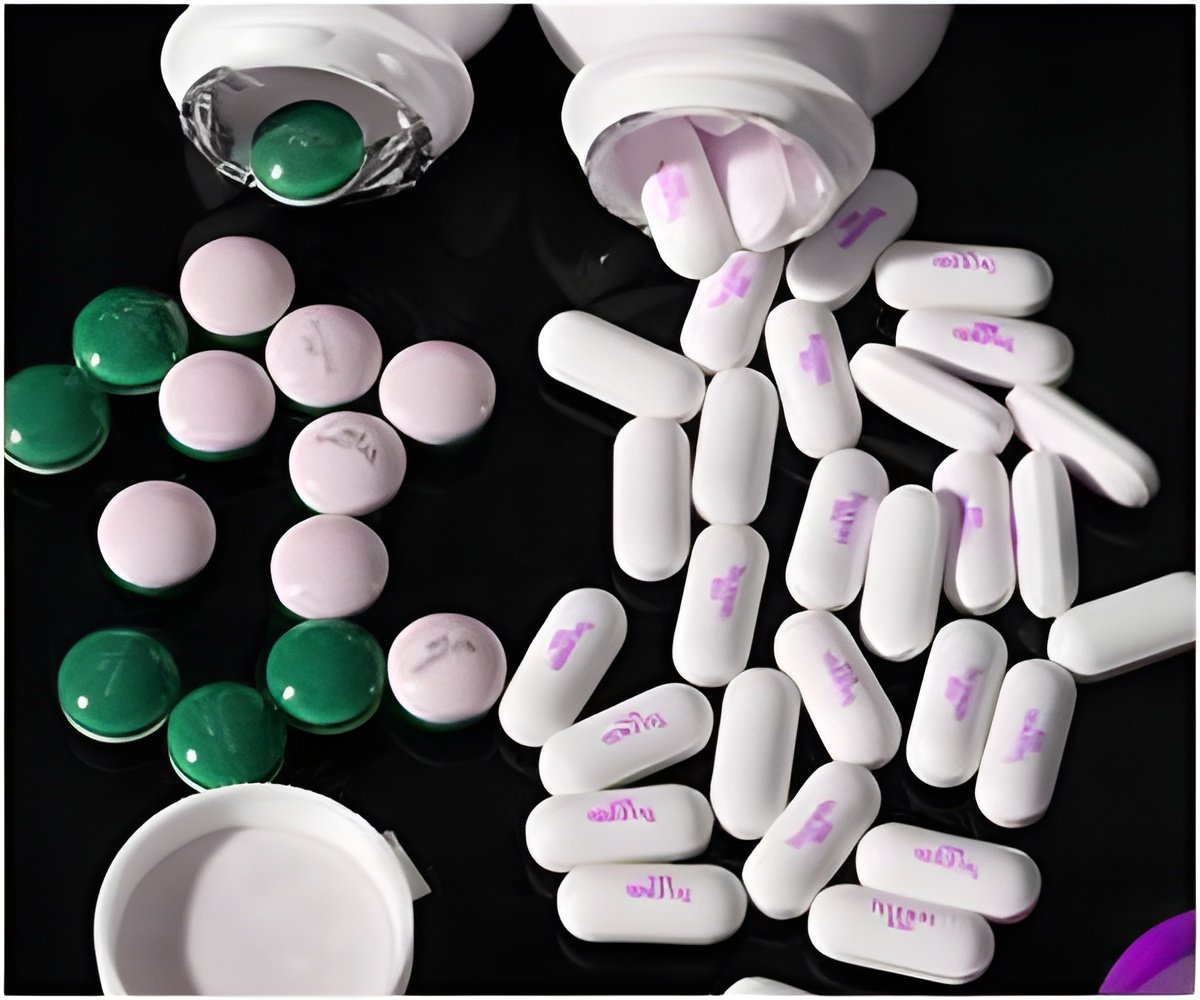A new research has found that a cocktail of three drugs can shorten the time it takes to treat patients infected by TB strains that are hard to treat using antibiotics

If funding is found, PaMZ will move to Phase III tests by the end of the year, their backers, TB Alliance, said.
Doctors are deeply worried by the emergence of tuberculosis bacteria that fail to respond to frontline antibiotics.
These resistant strains are especially dangerous for people co-infected with the human immunodeficiency virus (HIV), which causes AIDS. HIV attacks CD4 immune cells, leaving the body exposed to opportunistic microbes.
PaMZ comprises two candidate drugs that are not yet licensed for use against TB, called Pa-824 and moxifloxacin, deployed with an existing treatment, pyrazinamide.
The treatment, which is administered as tablets, was formulated specifically for patients believed to have TB strains that can be targeted by these drugs.
Of these, 181 were sensitive to the PaMZ drugs while 26 were multidrug-resistant (MDR), meaning that they had failed to respond to conventional antibiotics.
The MDR patients all took PaMZ and were treated within four to six months, compared to two years for standard treatment. This should translate into cost savings of more than 90 percent in some countries, as MDR therapy is complex and labour-intensive.
Another boon was that PaMZ showed no signs of interfering with commonly-used antiretrovial treatments to suppress HIV.
"TB remains the largest killer of people with AIDS, causing one in five HIV-related deaths globally. Yet often TB and HIV therapies cannot be given together because of side effects, making it difficult to treat both diseases simultaneously," TB Alliance said.
At least a third of the roughly 35 million people living within HIV worldwide are infected with TB in its latent form, meaning that they have the Mycobacterium tuberculosis germ that causes the disease but do not yet have any symptoms of illness, according to the UN's World Health Organization (WHO).
But people co-infected with TB and HIV are nearly 30 times likelier to develop active TB than those without HIV. In 2012, around 320,000 people died of HIV-associated TB, the WHO said.
Source-AFP
 MEDINDIA
MEDINDIA


 Email
Email









